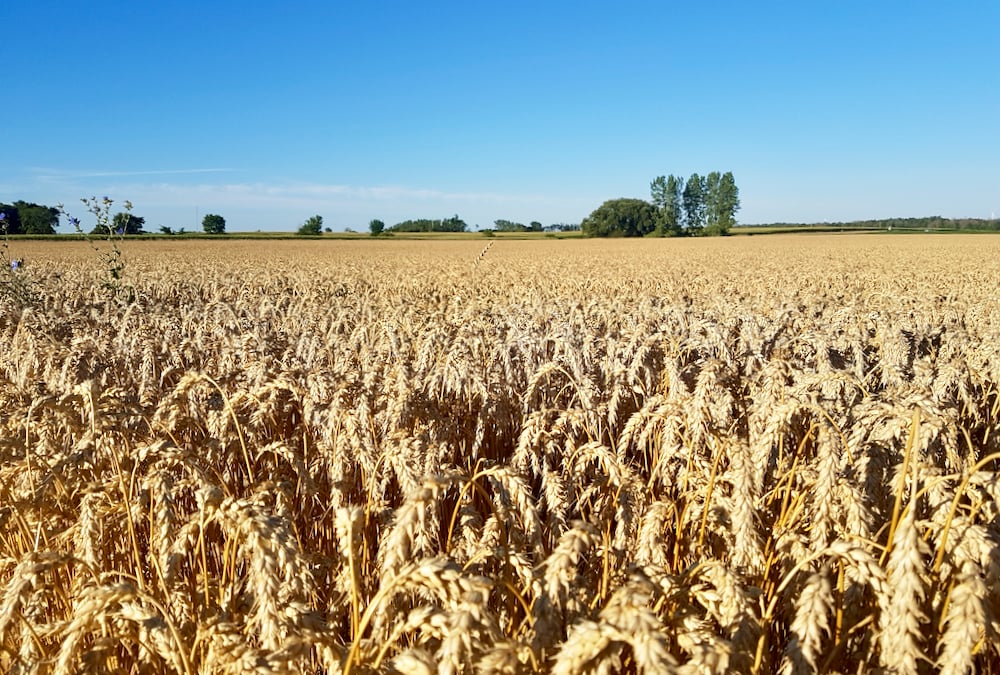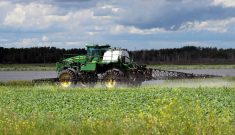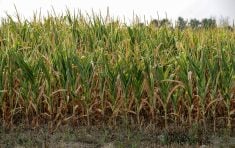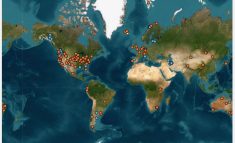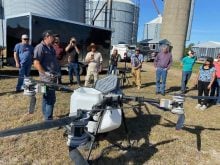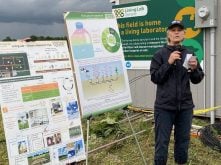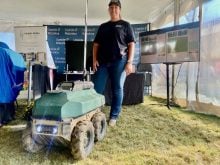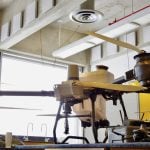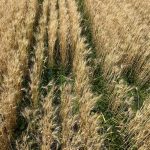Measuring value can range from a storage bin of corn to a load of fertilizer or the return on investment of a tractor. It’s part of farming and it’s becoming more complex.
Irrigation is an expense that must be justified, and two influences have convinced growers to sharpen their pencils: higher commodity prices for more than a year and a growing value assessment in precision agriculture systems.
Amid an expanding array of technologies, growers are searching for ways to derive every last penny from their operations, from seed and inputs to equipment, fuel and irrigation.
Read Also
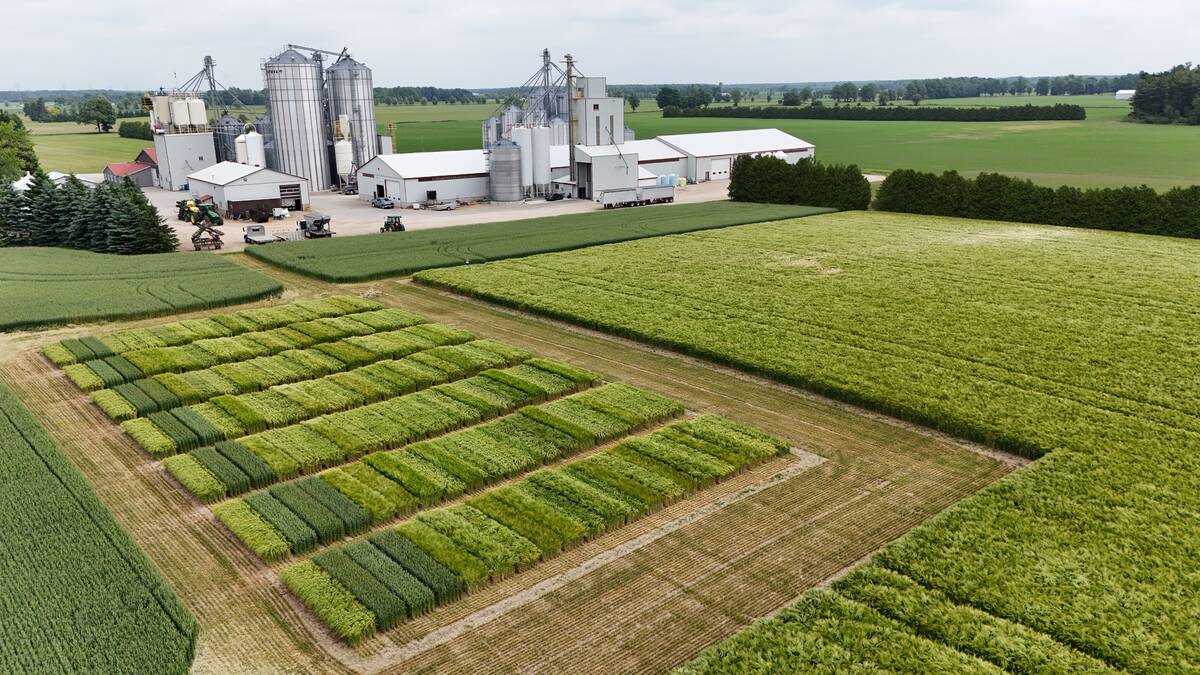
Winter cereals beyond wheat gaining traction
Winter cereals such other than wheat, such as barley, could provide better yield and rotation options for Ontario growers.
Why it matters: Irrigation can pencil out for a grower if gains in production can be achieved.
In the past 20 years, irrigation seemed more of an option for higher-value crops like tomatoes or potatoes. But advances in precision systems and higher prices for grains and oilseeds have altered the picture. Managing water – with drainage tile for excess and irrigation for shortages – is one more aspect of the decision-making picture.
“The interest in irrigation has grown in the past five years,” says Friedhelm Hoffmann, precision ag and fertigation agronomist with Lakeside Grain and Feed Ltd. in Forest.
“Certainly in the high value crops it gets more attention, but the row-crop industry’s discussion is flaring up on irrigation and its possibilities.”
Hoffmann has been assessing irrigation’s value since the early 2000s, including fertigation, drip-tape technologies and pivot designs. With higher commodity prices and in fields with lighter soils, managing water for higher yields is becoming more attractive.
At the same time, precision ag technologies have become more user-friendly with a greater number of options.
“Precision ag is important now for equipment and applications like variable rates in fertilizer apps and sprays due to higher input costs,” says Hoffmann.
“There is software that helps with mechanicals like pivot irrigation systems, where it still needs effort and time to operate. Filters for water sources, water meters and other components that calculate and regulate are improvements in technology but they still need to be calibrated and troubleshot.”

Hoffmann says more growers want to give their crops the best start via supplemental moisture in-season. He cites drip irrigation as the best option for placing the right amount of moisture in the right place.
By incorporating precision ag systems, it’s possible to monitor root pressure demands for water.
Scouting and other software that provides the “traditional” precision ag have more components to include irrigation.
“The irrigation system can be triggered with those and pivots can be tied in with such software,” adds Hoffmann. “When it comes to fertigation, that’s a little trickier but there will be a lot of development in the next few years.”
Enhancing water management via irrigation also puts the industry a step closer to better nutrient control during the growing season. As an example, Hoffmann cites the efficiency of soluble fertilizers with fertigation, ranging from 30 to 60 per cent higher than traditional dry fertilizers. Depending on soil and other environmental influences, fertigation can be cost-efficient and maximize yields. He adds that further efficiencies are possible when considering varietal and hybrid selection: some respond to water management and fertility differently than others.
Costs associated with irrigation can be daunting. In 2018, costs for centre pivot irrigation systems of $60,000 for a drilled well and $10,000 to $15,000 for a pond were the norm for a “walk-away” solution.
Initial costs for drip or subsurface systems were considerably less but the demands on time for monitoring and operating the units were higher.
Total costs for the pivot system are now roughly $80,000 for the well (depending on depth and casing) plus the cost for the pond (depending on area). Then there’s the cost of the irrigation system itself: a drip design is roughly $300 per acre including hardware, pump and filter. A 250- to 300-foot wide overhead boom is roughly $40,000 to $50,000 and the centre pivot costs between $40,000 and $120,000.




